Hey Everyone, welcome back to Cool Tool Thursday.
I started using fusible fleece as a stabilizer for appliqué stitching back when I was living in Australia. I was able to get a wonderful fusible fleece called Vilene H630 – it was nice and soft and thin. Upon returning to Canada my supply slowly depleted and I have had to change products as I am unable to find the Vilene here.
I replaced the Vilene with Pellon Fusible Fleece which works just as well but isn’t quite as soft. It has a bit rougher of a texture which really makes no difference as it is behind the fabric. In the photo below you can see that it has a bit of a texture. I leave the fusible fleece in the quilt and it is compressed enough with the appliqué stitching and the quilting that no one has any idea it is even there.
The fleece comes on a roll and can be bought by the metre or yard. It also comes in packages of different sizes. The fleece is available in white or black. I have only used white.
I find that using a stabilizer helps to anchor the stitching around the appliqué shapes better and give the thread a bit more body to hold on to. This applies to any of the stitches I use to stitch down appliqué pieces – blanket, satin, zigzag or free motion zigzag stitch.
The photo at the top of the page shows the fleece on the back of my blocks for Stitch Along Sunday – October Week 2 ready for stitching.
The fusible fleece is soft on one side and has a glue on the other side. When using it as a stabilizer cut the piece at least a ½″ larger than the appliqué piece all the way around. For example if the appliqué piece is 5 ½″ in width and height then cut a 6 ½″ square of the stabilizer. This will ensure all stitching goes into the stabilizer to be anchored.
If the piece is on a block to be sewn into a row then make sure the stabilizer is at least a ¼″ in from the edge of the block – this will ensure it does not get caught in the seam allowance causing bulk.
Place the piece on the back of the fabric by heat setting it in place with a hot steam iron. I find that if you do not use steam the glue does not activate as well. Do read the manufacturers instructions before using.
Pretty much all of my quilts with appliqué such as Animal Party, Ocean Party, Seasons Greetings and all my Santa Sacs use fusible fleece as a stabilizer for the stitching. It is my stabilizer of choice if I am leaving it in the quilt.
Do you use a leave-in stabilizer? Which is your favourite?
Happy Quilting!


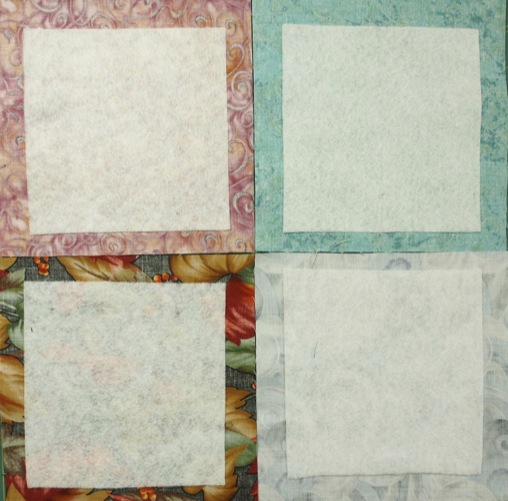

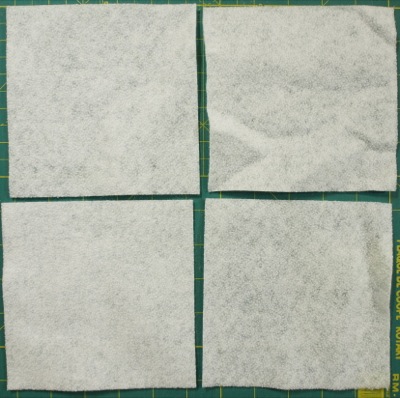
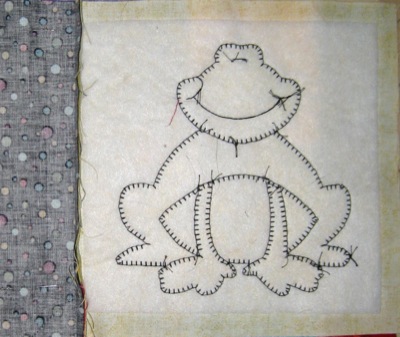




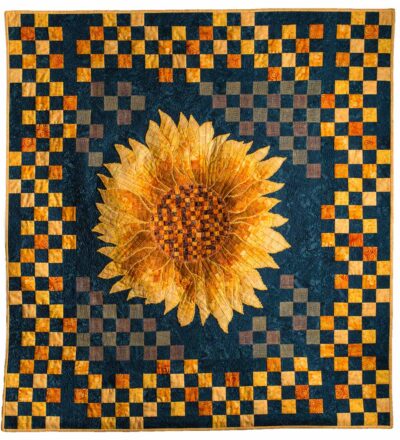
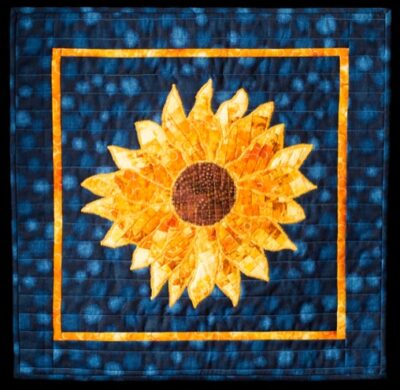
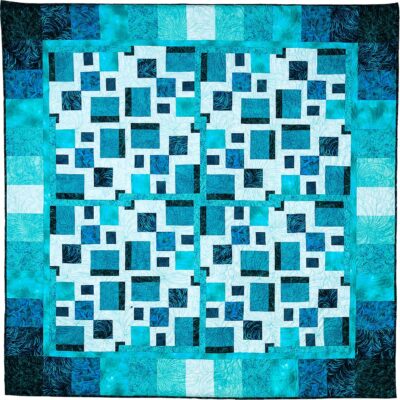
I’m definitely going to try and get hold of some of this stuff! Tearing and then picking off the iron-on stabilizer paper I used, Sulky, was very tiresome – I used tweezers and damped it but if you have done machine blanket stitch as I did it doesn’t all come out. I am not going to do my appliqué quilt until I am well supplied with this! Thanks again Jen.
I got a bit confused from the discription. It looks like you fuse the whole block and then sew your appliqués on to it. I thought you would fuse each piece of the appliqué and then sew each piece on in place. Does this make your blocks puffy in places and flat in others? I do like the idea.
Great idea. I use fusible web and don’t care for how stiff it feels. I will give this a shot – thanks! 🙂